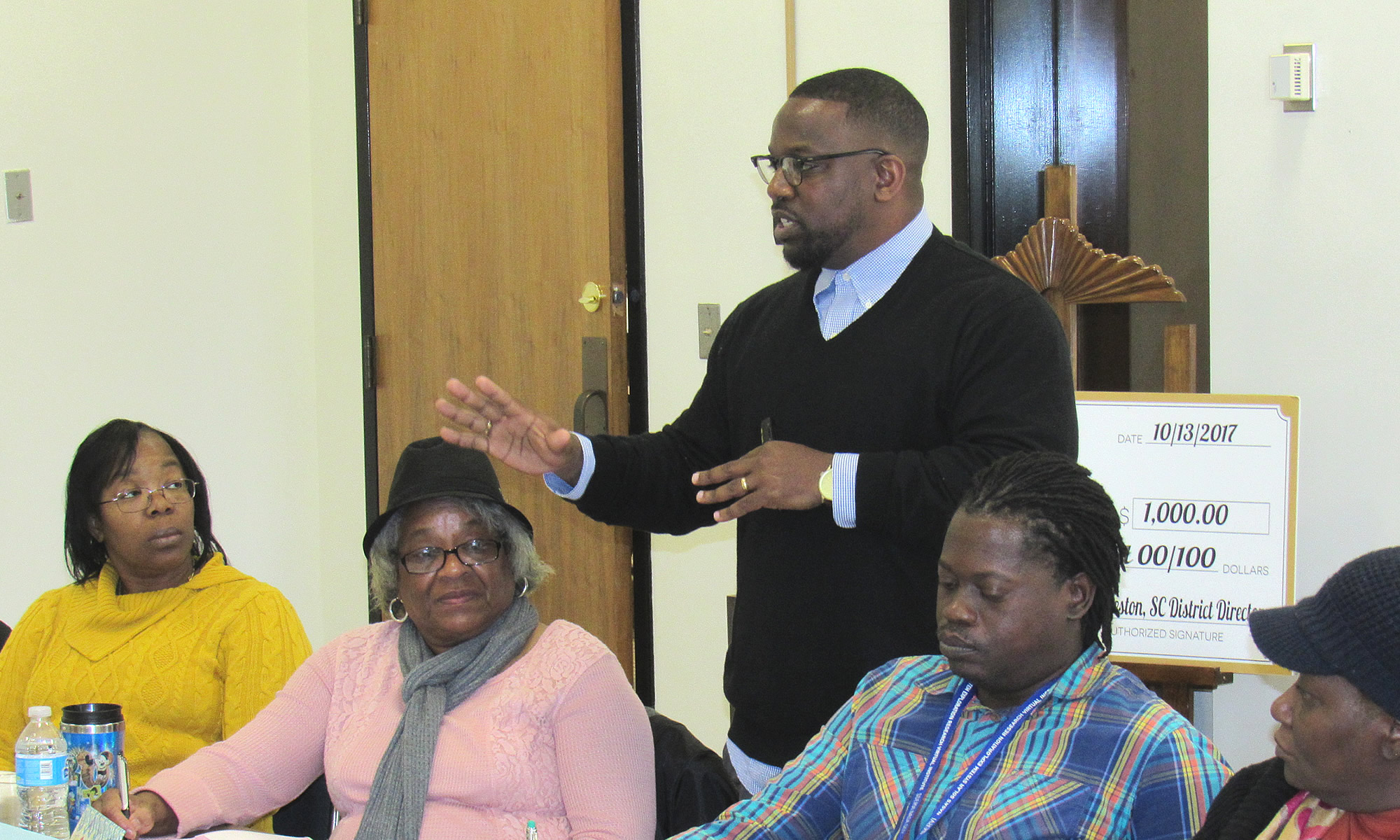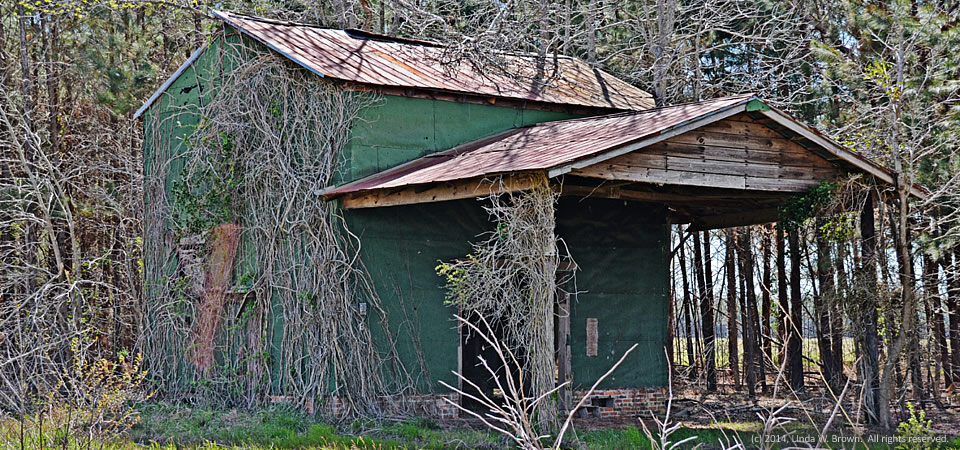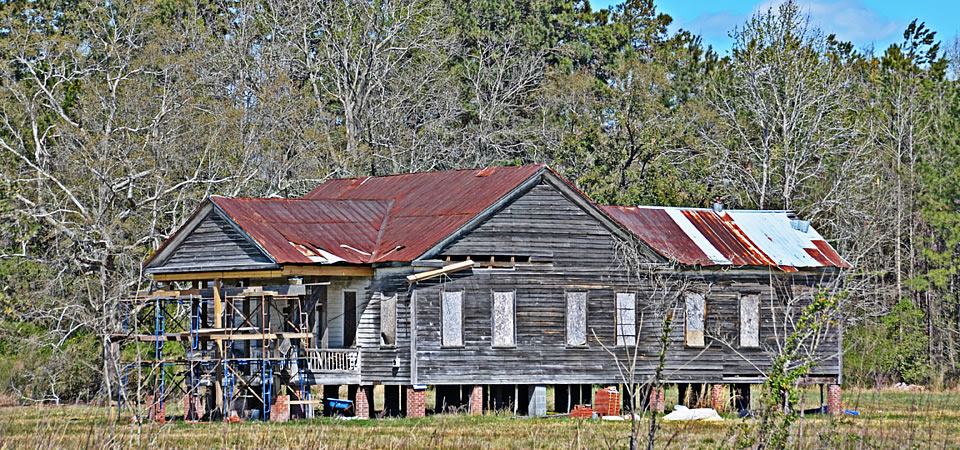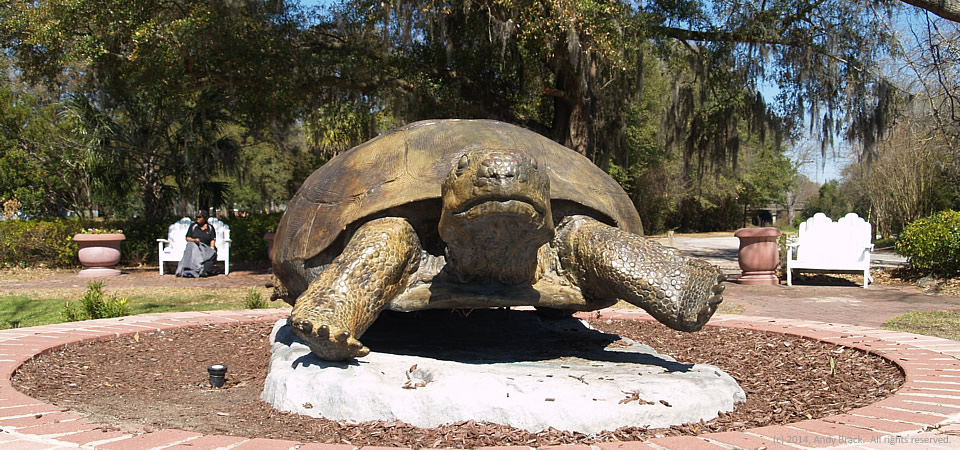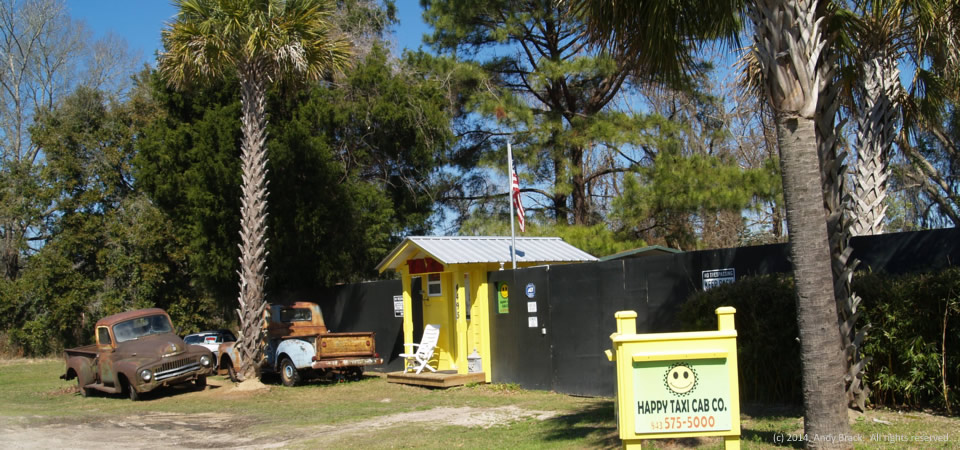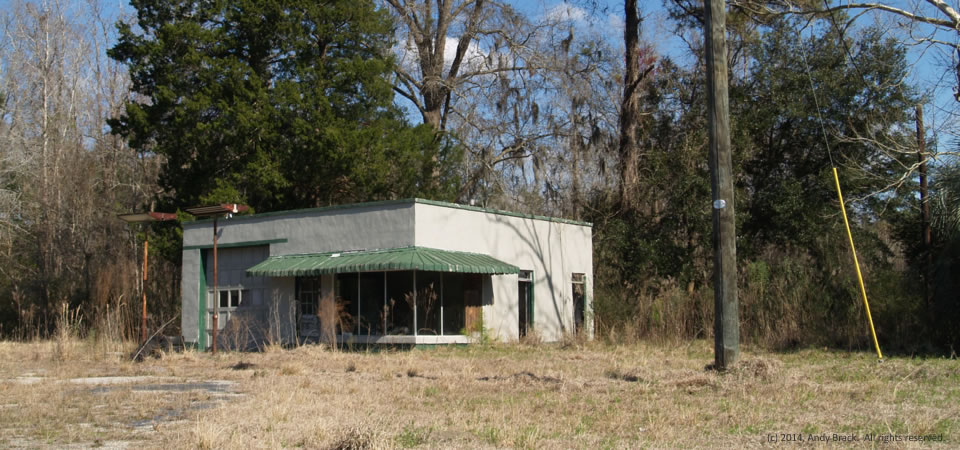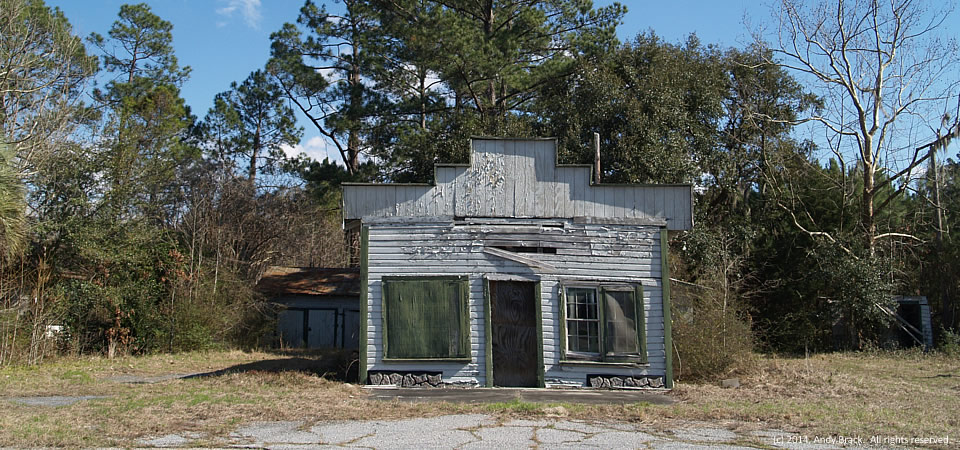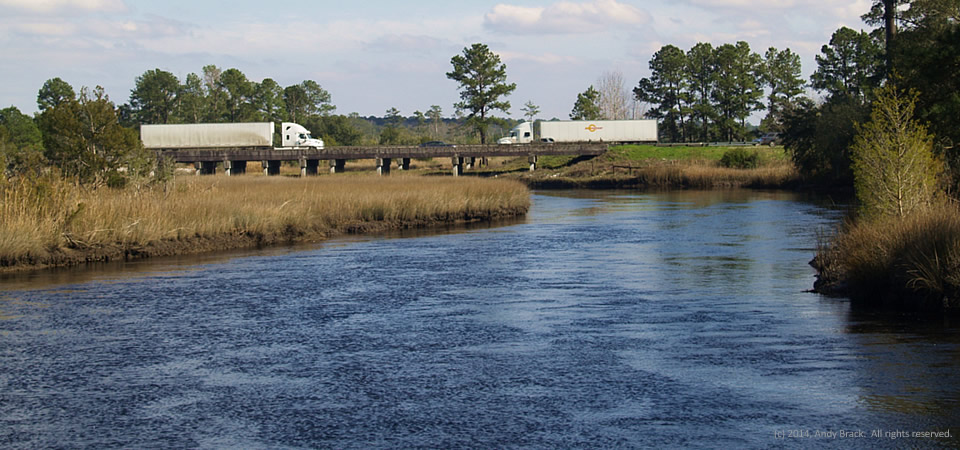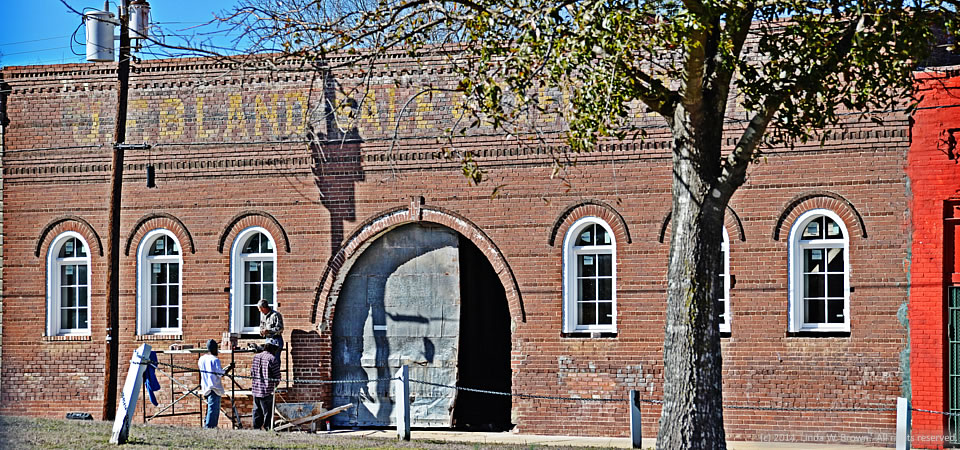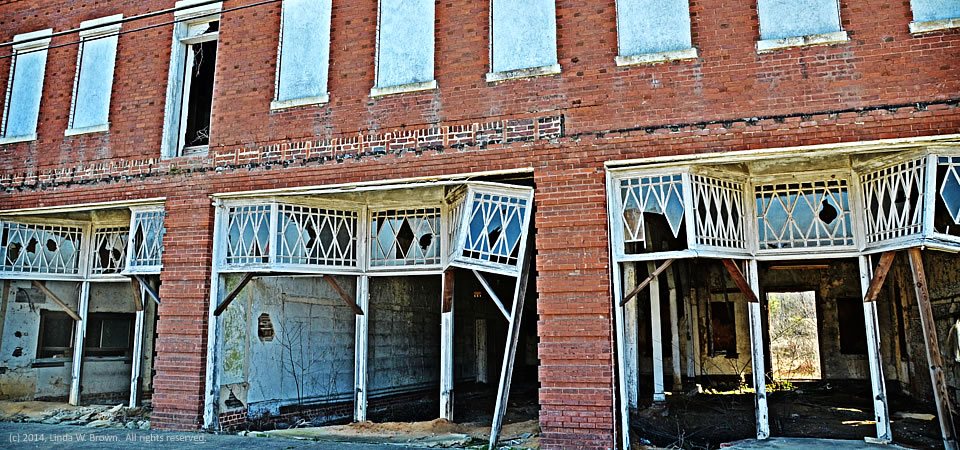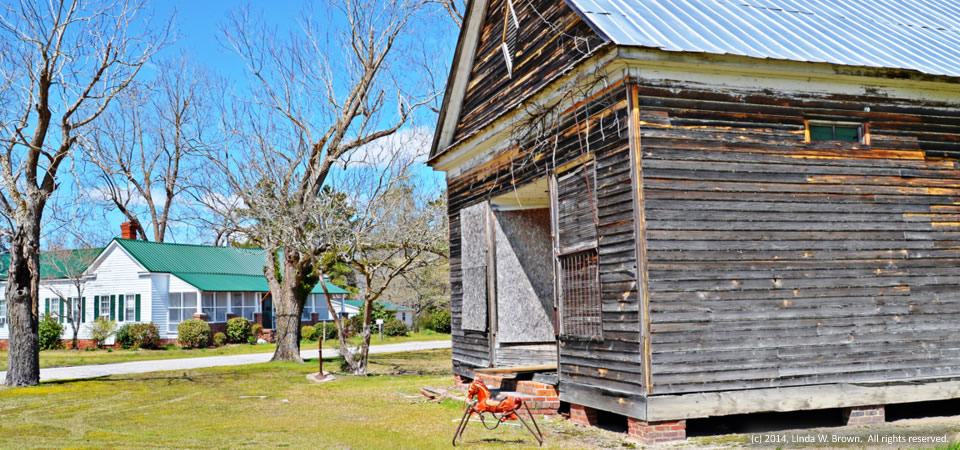
Kingstree, S.C., photographer Linda W. Brown found an old country store, a vintage rocking horse and a restored farmhouse standing within yards of each other at Workman Crossroads in western Williamsburg County.
Williamsburg County, which is about 75 miles north of Charleston, S.C., has a population of just under 34,000 people. Population peaked in 1950 at 43,807, but has dropped slowly since then.
About two-thirds of county residents are black, with almost all of those remaining being white. Only 2 percent of those in the county are of Hispanic descent. Some 32.8 percent of residents live in poverty, according to the Census. Of the county’s 1,921 firms, 36.5 percent are black-owned — a percentage that is three times South Carolina’s average.
Photo taken March 30, 2014, by Linda W. Brown. All rights reserved.
